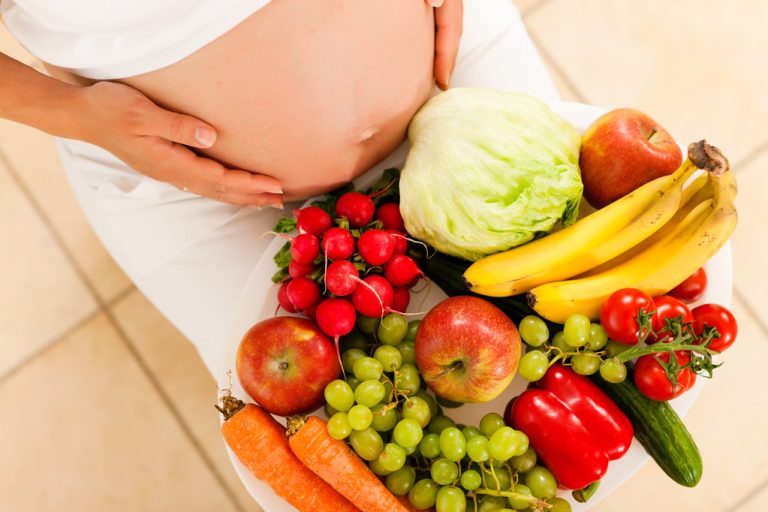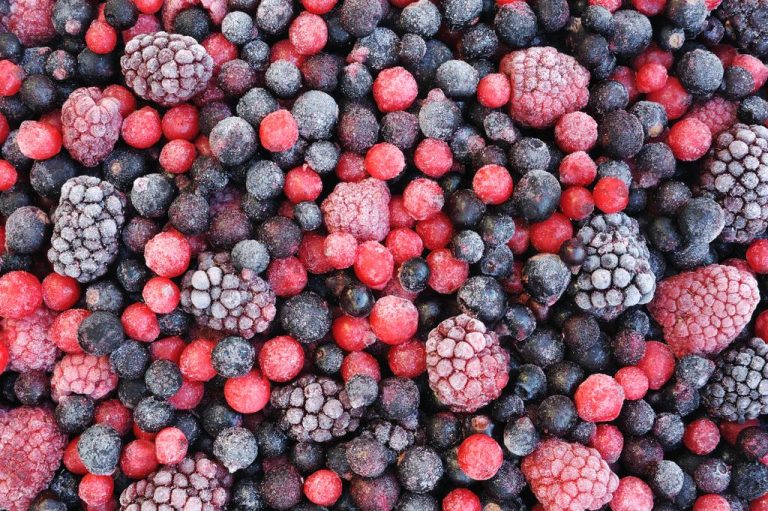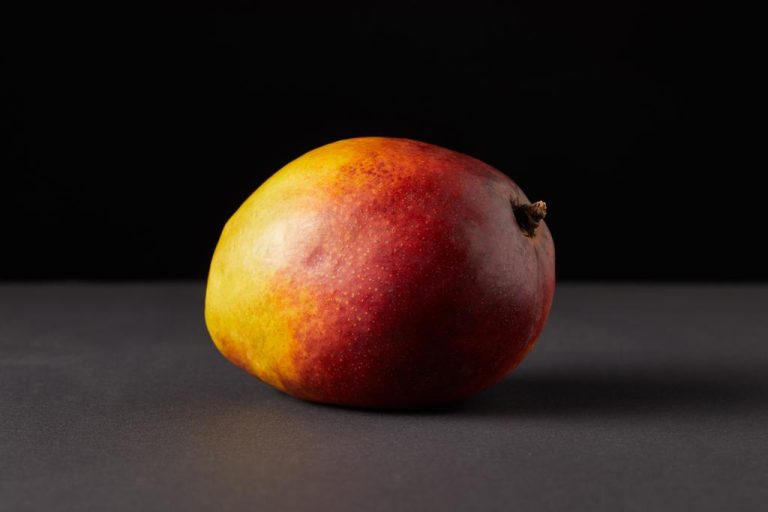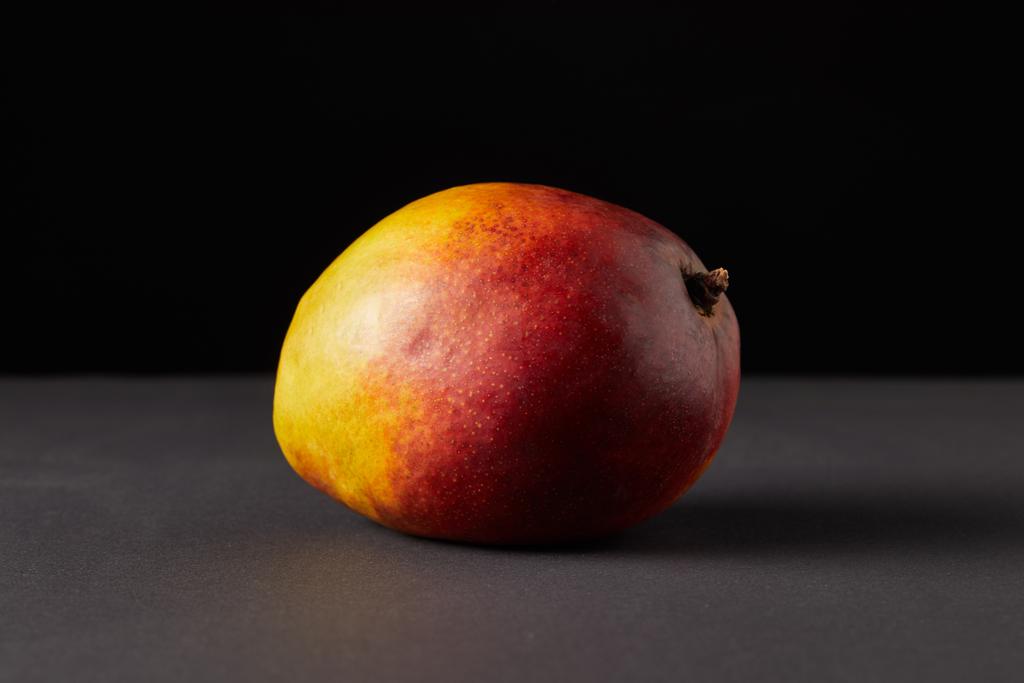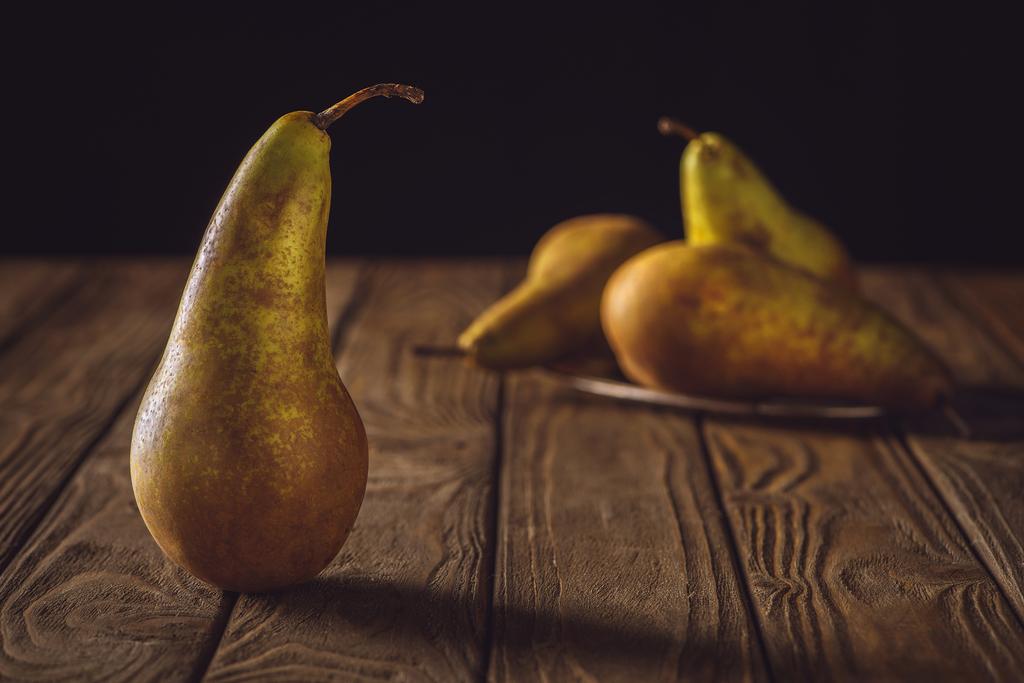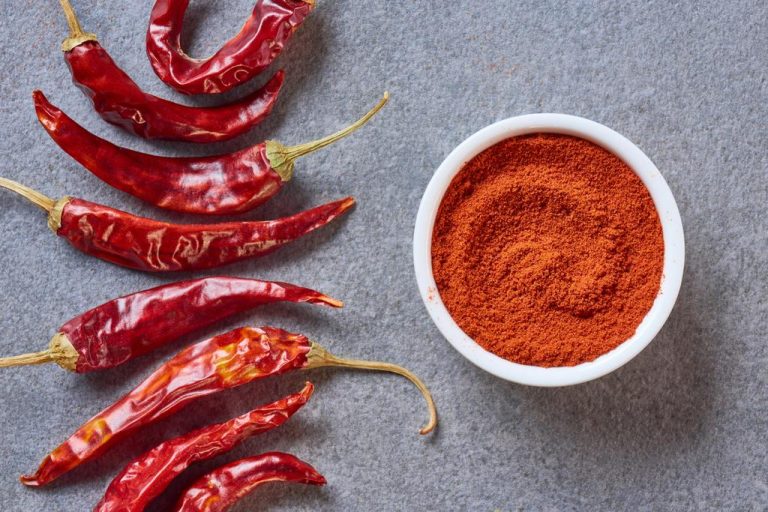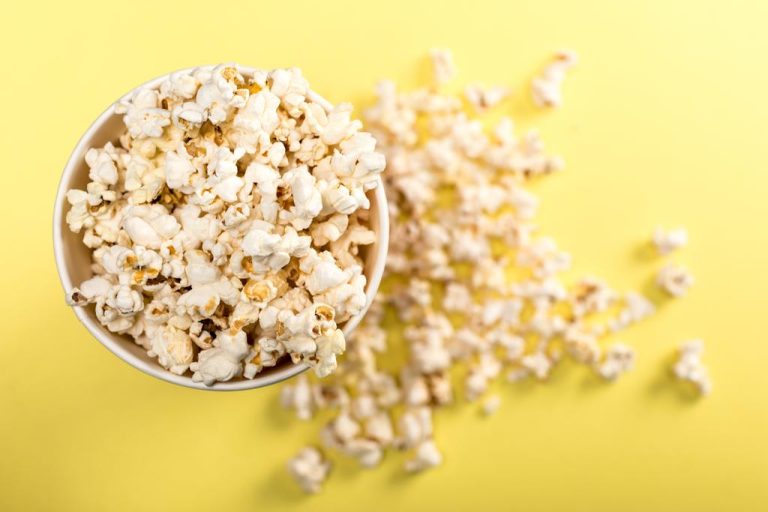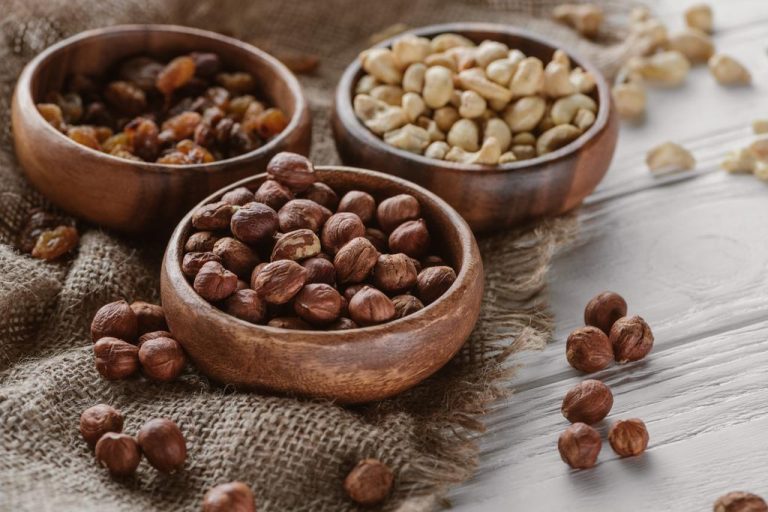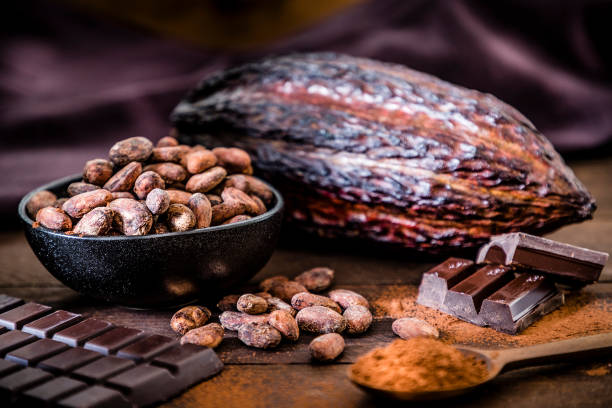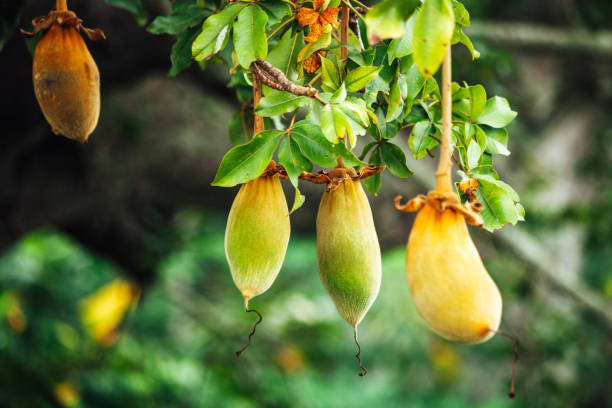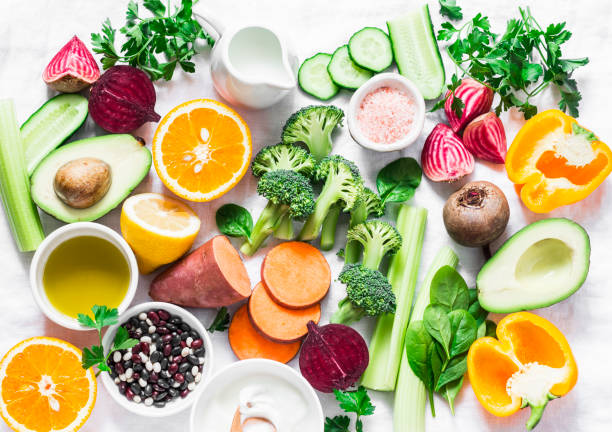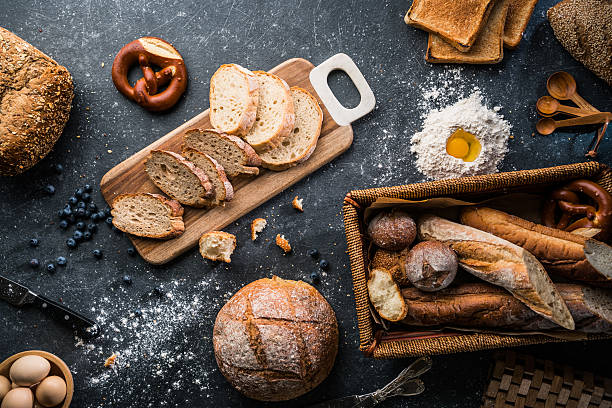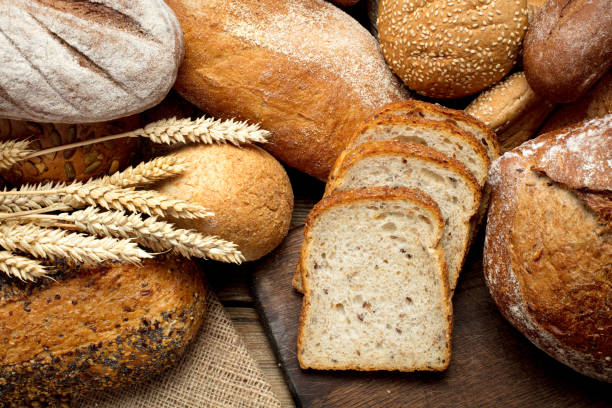An overview of natural home remedies and foods for colon cleansing. In order to cleanse the intestines really well, there are some tips and home remedies that can really help.
It is possible to do this process yourself at home. After all, the gut is an important principle for well-being and health. If there are problems, such as cramps, flatulence, constipation, or diarrhea, the digestive tract is disturbed and action must be taken.
Problems caused by a strained intestine
A stressed gut results in a properly functioning immune system. After all, the immune system is located directly in the intestine. It may be that performance decreases quickly if the bowel disease is not treated. A targeted colon cleansing that can be done at home is a good preventive measure. A corresponding cleaning can be carried out without an expensive cure.
Unnatural food or drinks or animal products, as well as ready-made foods with many additives, leave negative residues in the intestine. The intestinal flora also suffers. Colon cleansing can cleanse. In this way, all residues are removed. Nevertheless, certain rules should be followed when cleaning the intestines.

There are different forms of colon cleansing
Not every colon cleansing is the same, which means not only increased excretion from the stool. Although it is possible to rid the intestines of residues in this way, proper cleansing of the intestines does not take place with chemical laxatives from the pharmacy.
When emptying the intestines, it is essential to take in plenty of fluids, as well as electrolytes or micronutrients, as these are lost during cleaning. Appropriate food or a special liquid should therefore be taken. They do most of the cleaning work.
The intestinal flora should be strengthened, or the aim is to build up the mucous membranes in the intestine. This allows the body to rid itself of the residue and defend itself against new contamination in the gut.
Proper gut structure after cleansing
After cleaning the intestines, the organ is not fully functional and problems can arise without the right approach. The cleansing itself causes a better basic condition in the intestine. In order for the digestion to regulating itself again via the intestinal flora, the corresponding bacterial strains must be settled. Bad bacteria can settle there just as well.
The flora must therefore recover, which can take some time. The good bacteria grow back and the mucous membranes strengthen, which in turn allows the intestines to clean themselves. You can also use a few tricks to build up and strengthen your intestinal flora.
Proven home remedies for colon cleansing
There are now different products that can be used for colon cleansing. If the colon cleansing takes a relatively long time, this should be done by a doctor. With a gentle method that does not cause diarrhea, for example, there is no need to consult a doctor. For example, aloe vera is an excellent food or home remedy for colon cleansing. With aloe vera, it is possible to gently cleanse the intestines. Alternatively, the juice of a lemon can be mixed into the aloe vera gel.
Cleansing the intestines with fiber
Incidentally, roughage is not necessarily one of the home remedies that can be used to cleanse the intestines, it is more, as the name suggests, ballast for the intestines, these substances have many healthy properties. About 30 g of dietary fiber should be consumed daily. This regulates digestion and prevents constipation.
Colon cleansing alternative with psyllium
So-called psyllium is also a proven means of cleaning the intestines. This is available in many drugstores and pharmacies. The effect lasts between twelve and 24 hours.

Faithful salt for colon cleansing
So-called bitter salt or Glauber’s salt is a rather aggressive form for cleaning the intestines and for detoxification. This variant should be used a maximum of twice a year. A lot of vital substances and a lot of liquid are lost in the process. The function of the intestine is then very limited, which should definitely be considered. With this form of detoxification, the manufacturer’s instructions should be followed. Care should also be taken to drink as much as possible. A good and relatively harmless variant, on the other hand, is colon cleansing with healing earth or the use of homeopathy.
Ginger tea
As we swear by the ginger plant, ginger tea can be prepared to cleanse the intestines. Alternatively, many herbs such as basil, dill, fennel, aniseed, blueberries, licorice root, and thyme can be used for cleansing. The same goes for flaxseed, by the way. Some swear by sea salt, which, like lactic acid bacteria, is excellent for cleansing the intestines.

